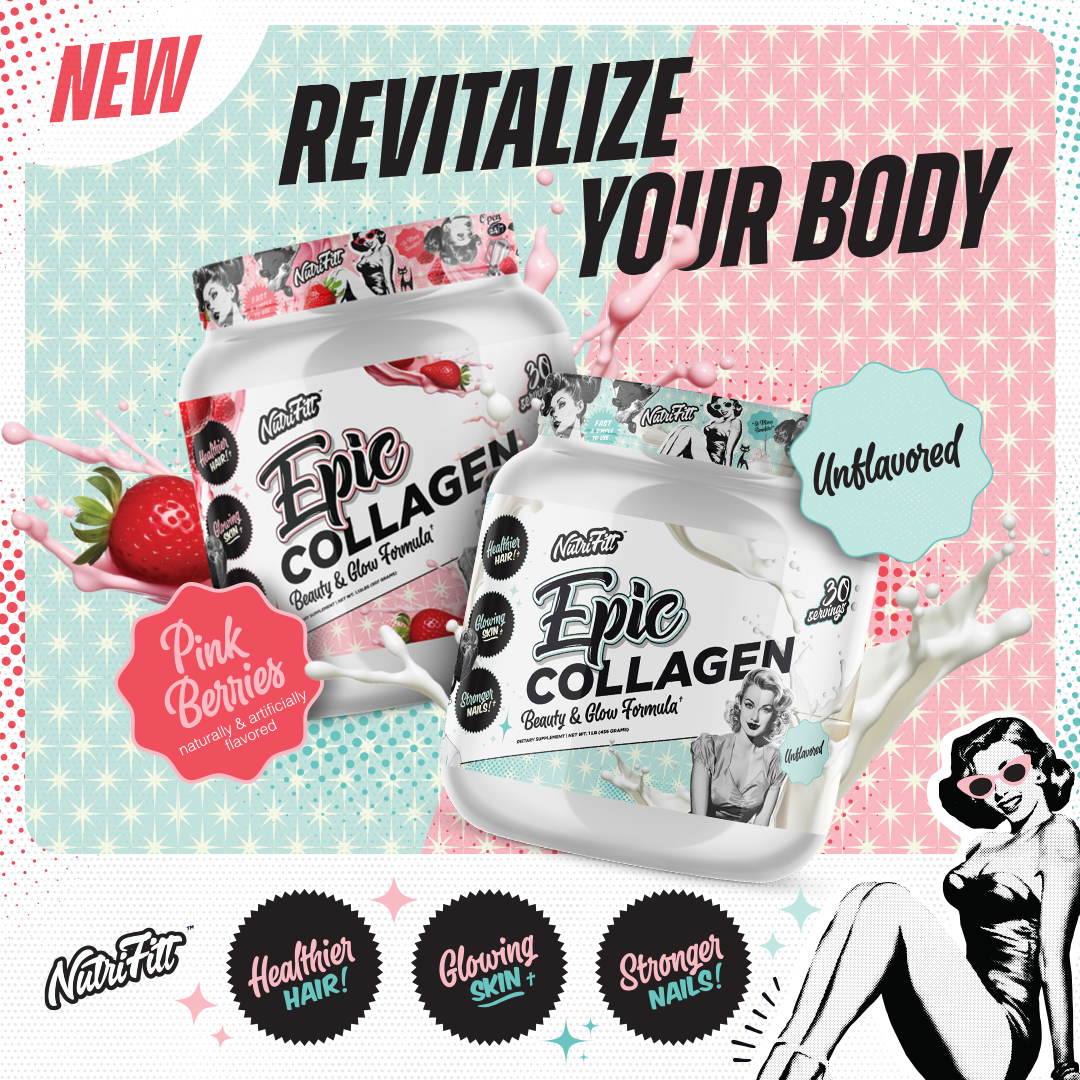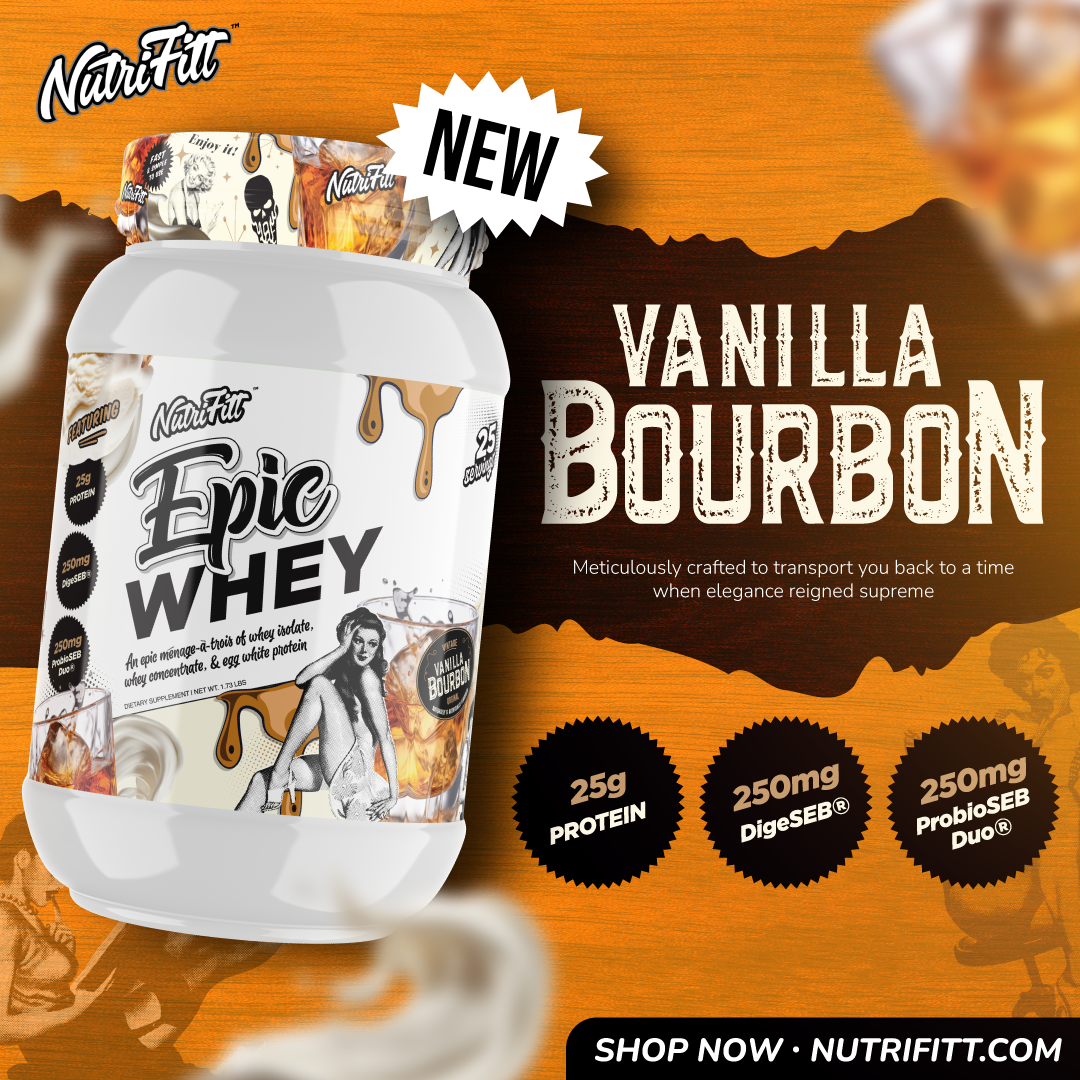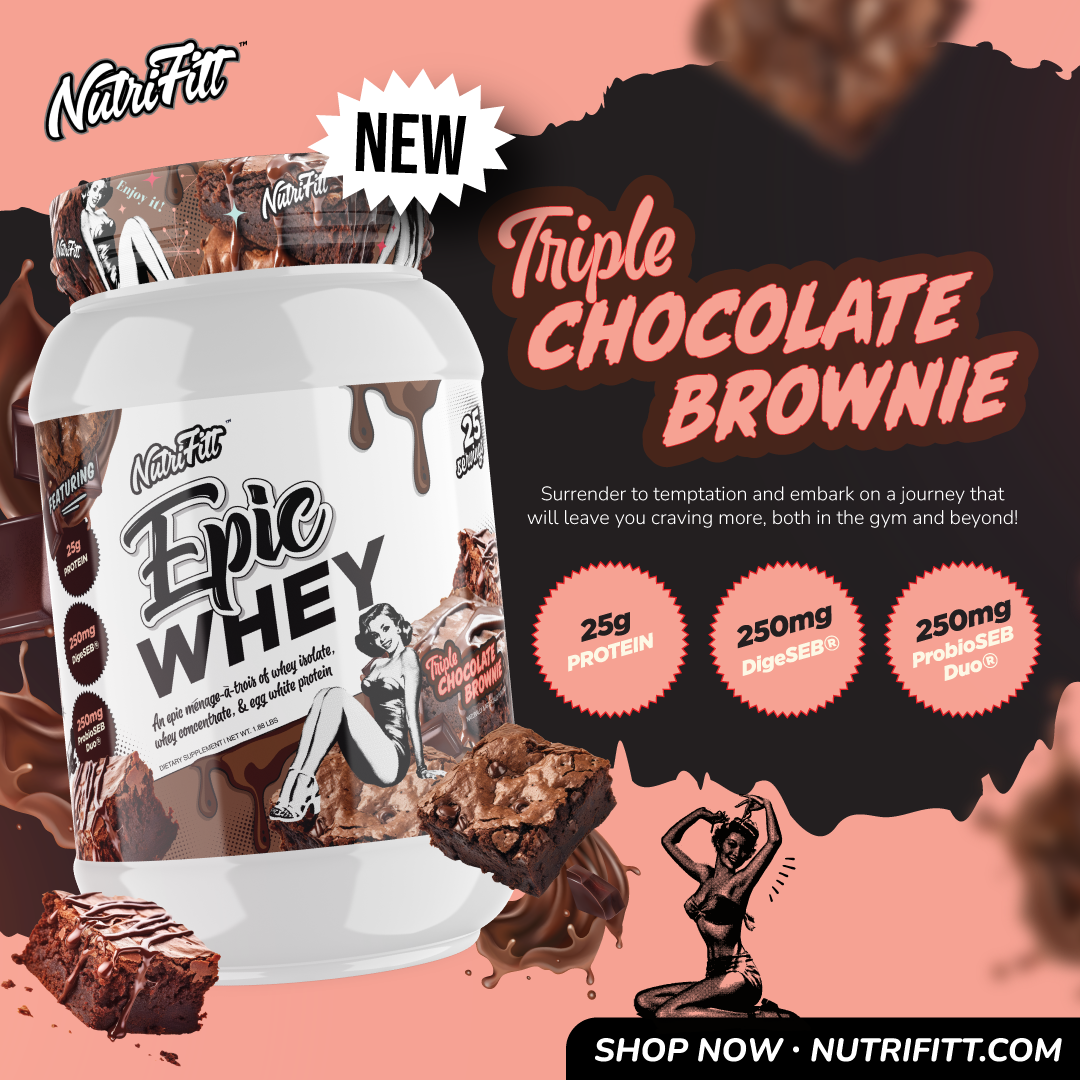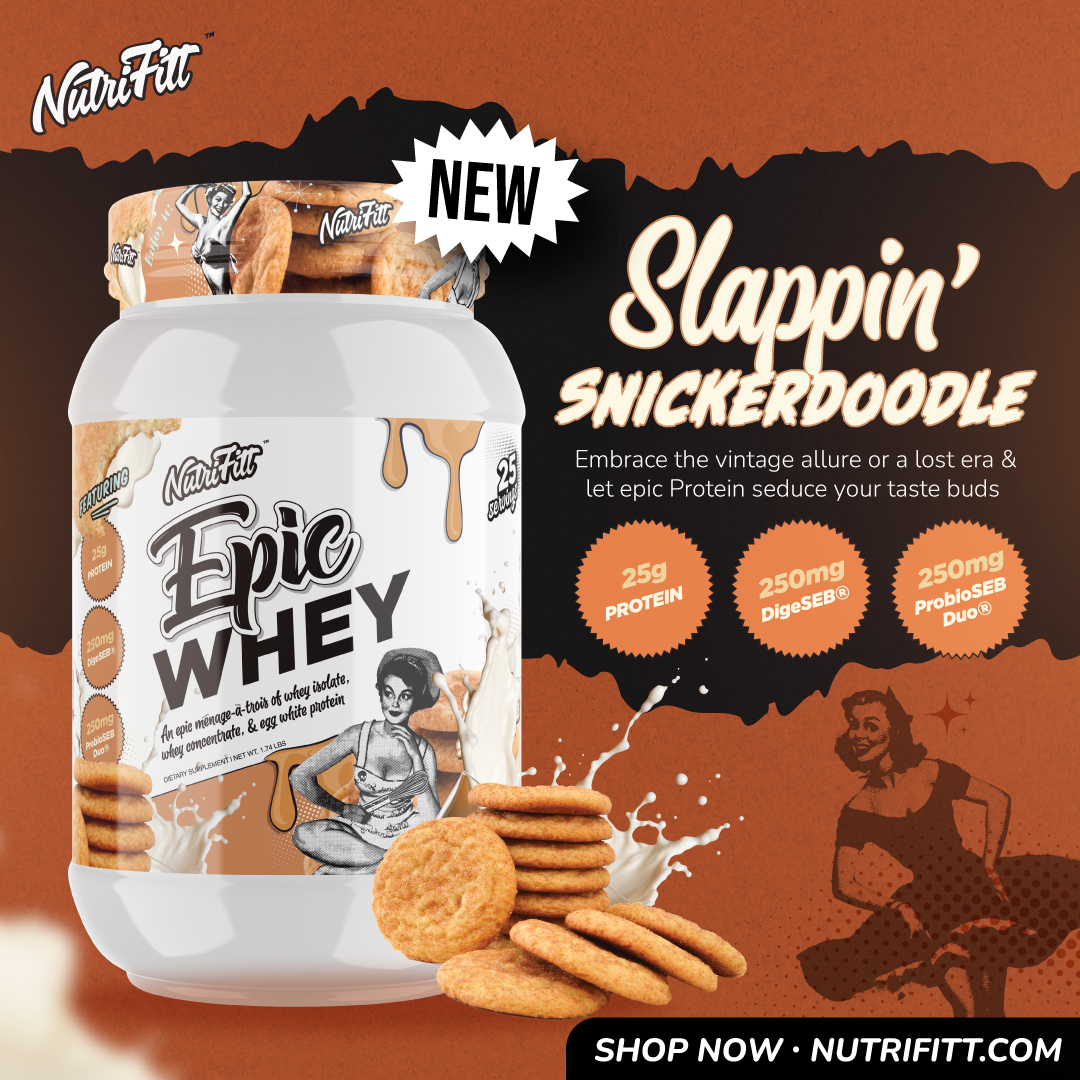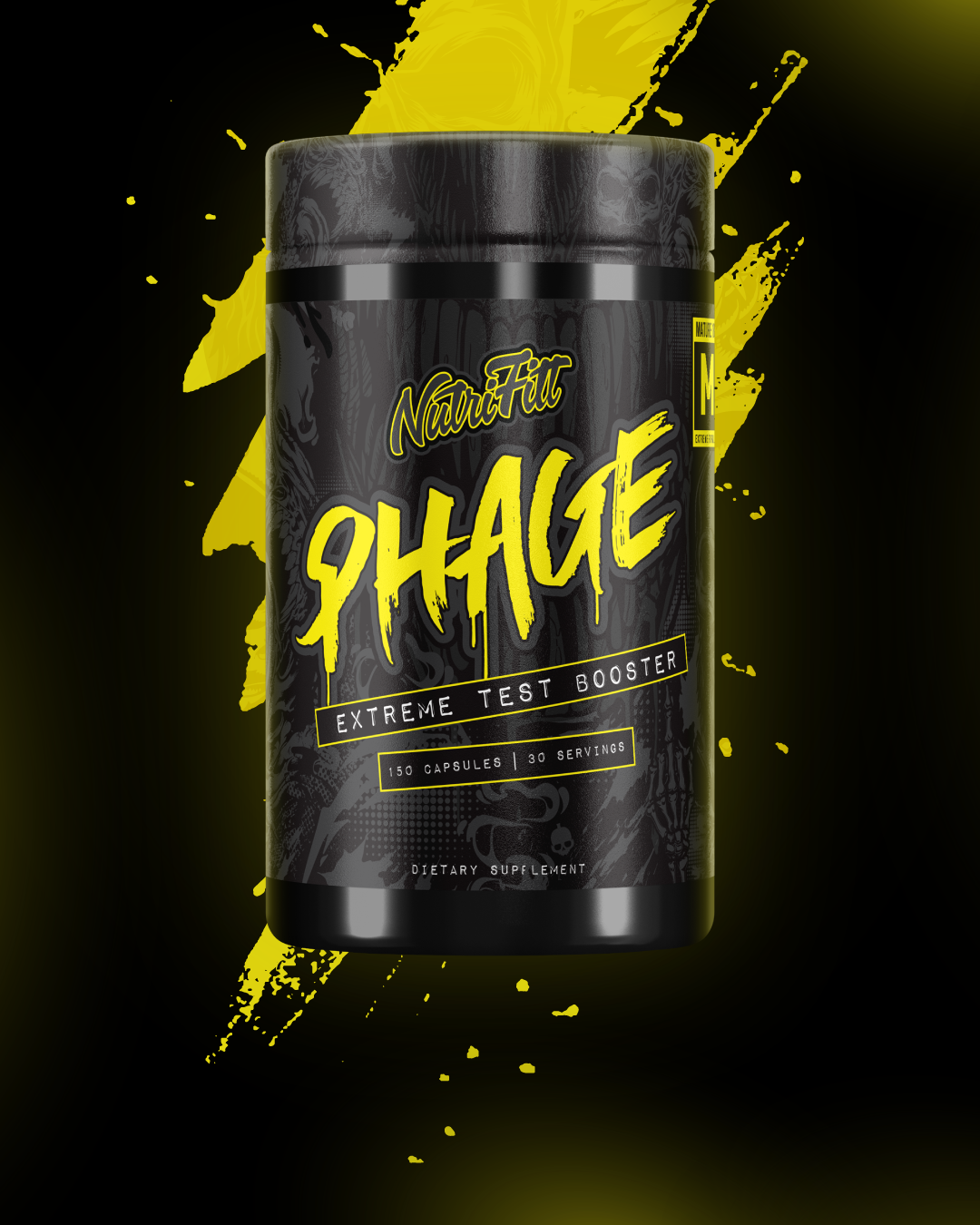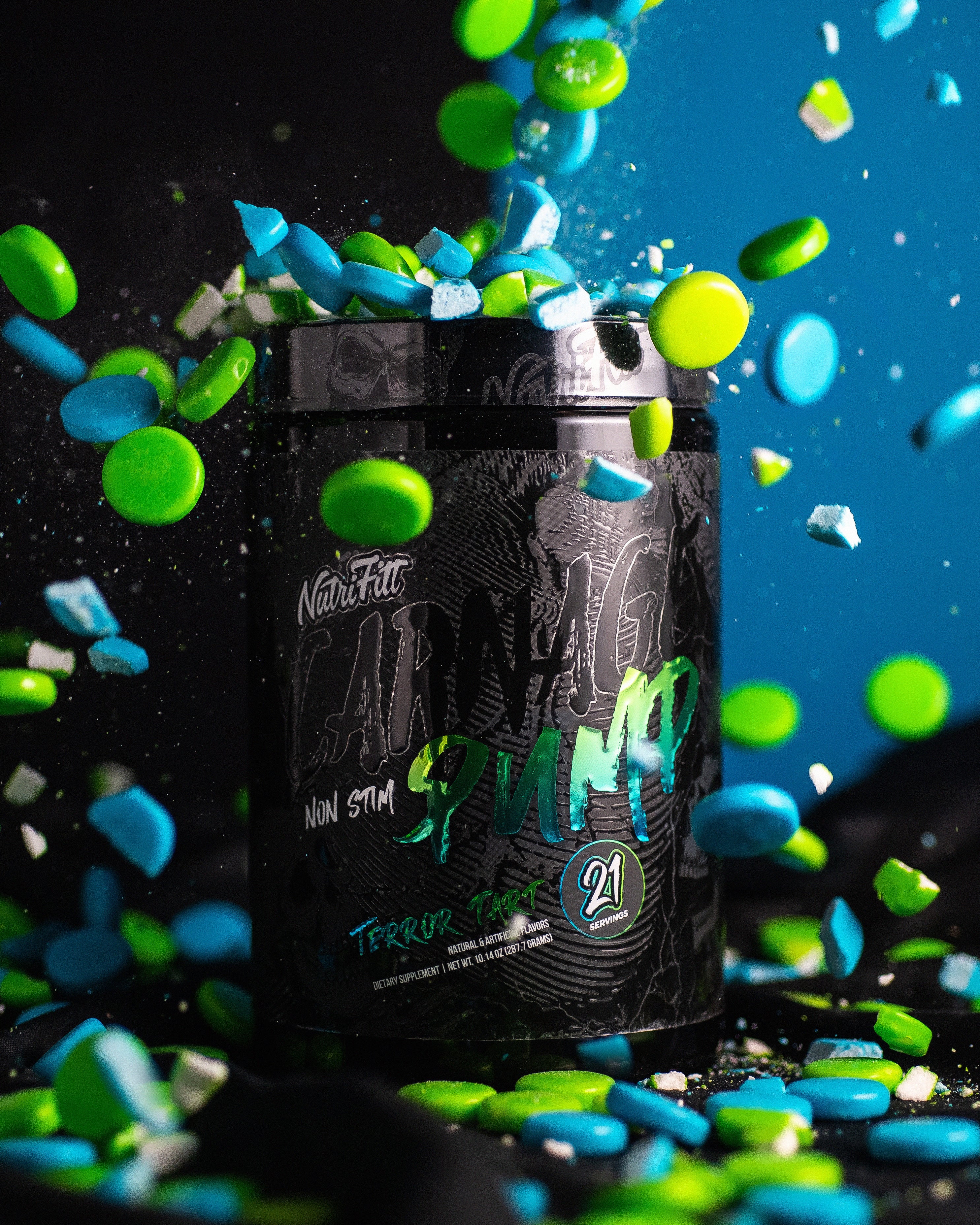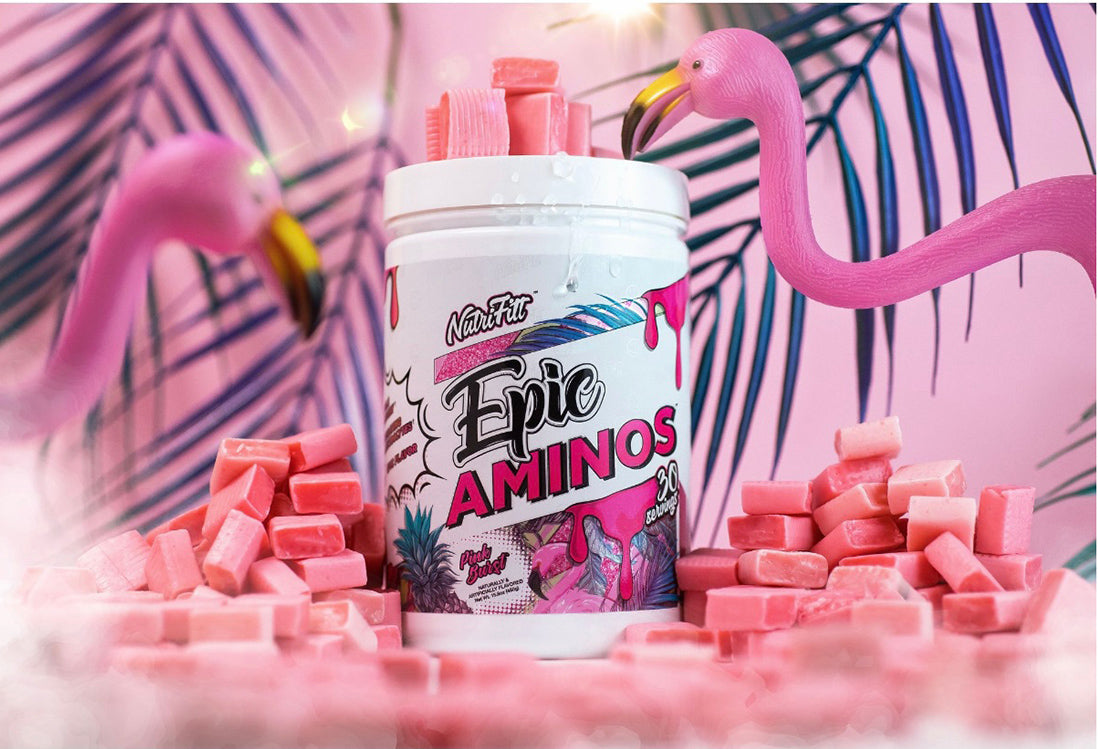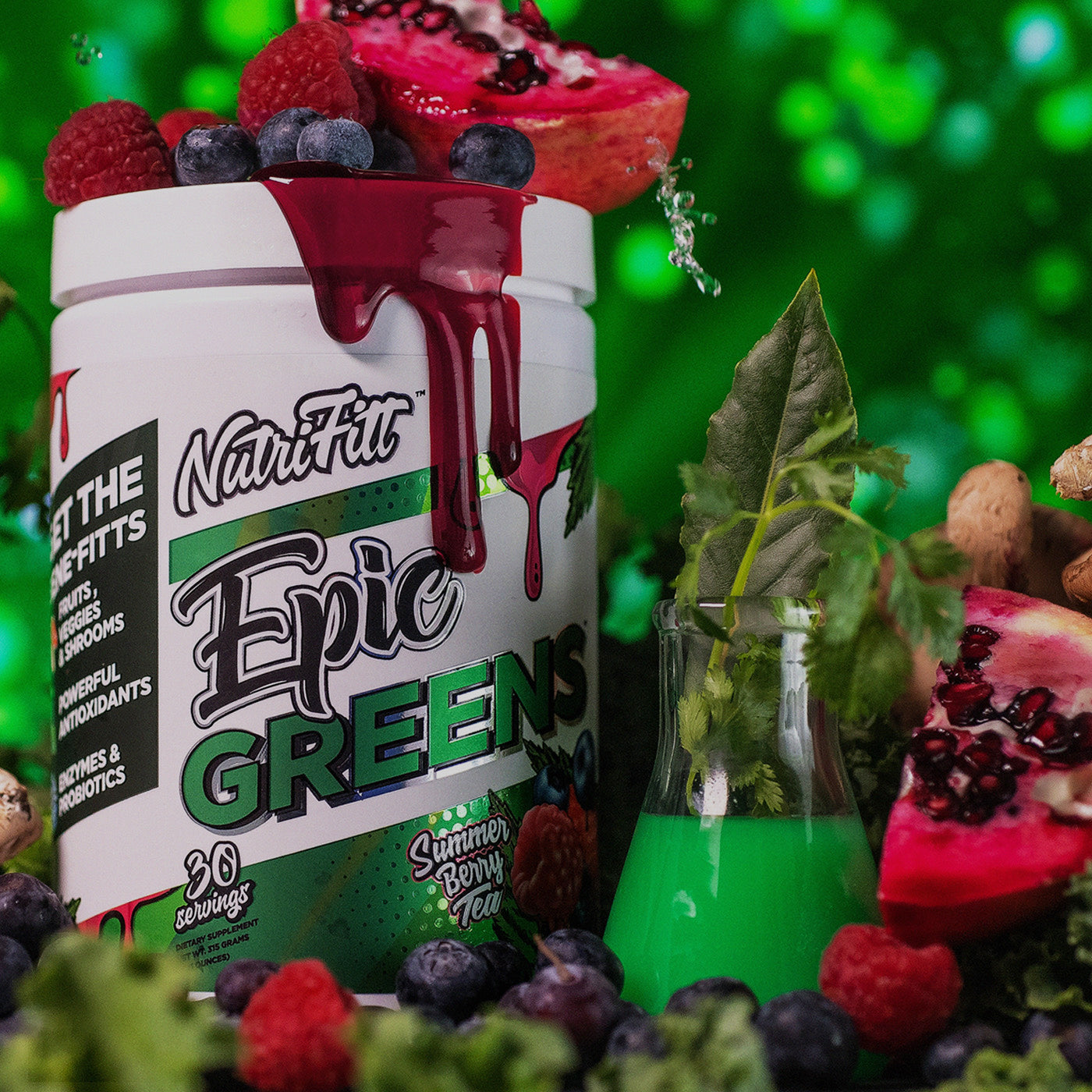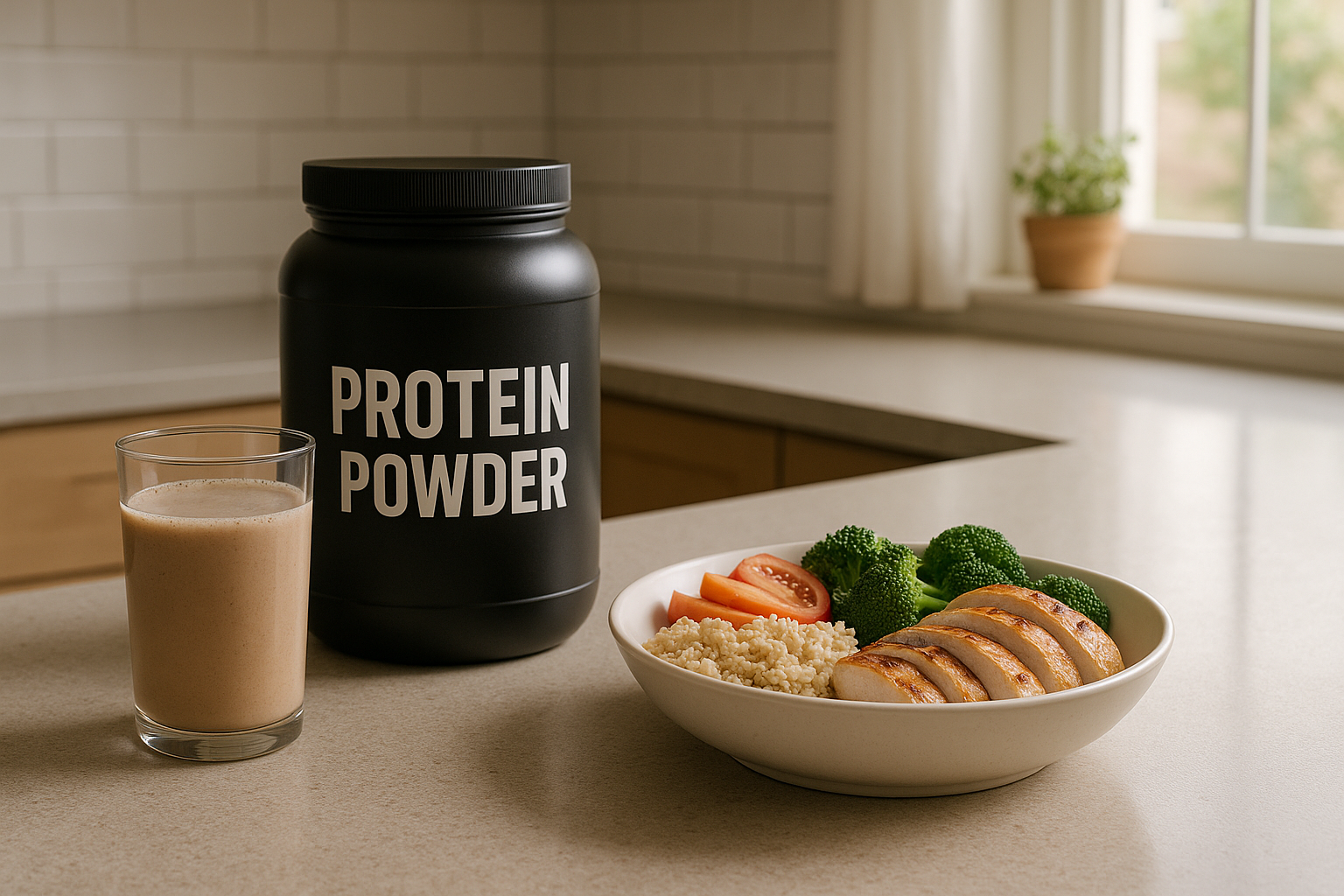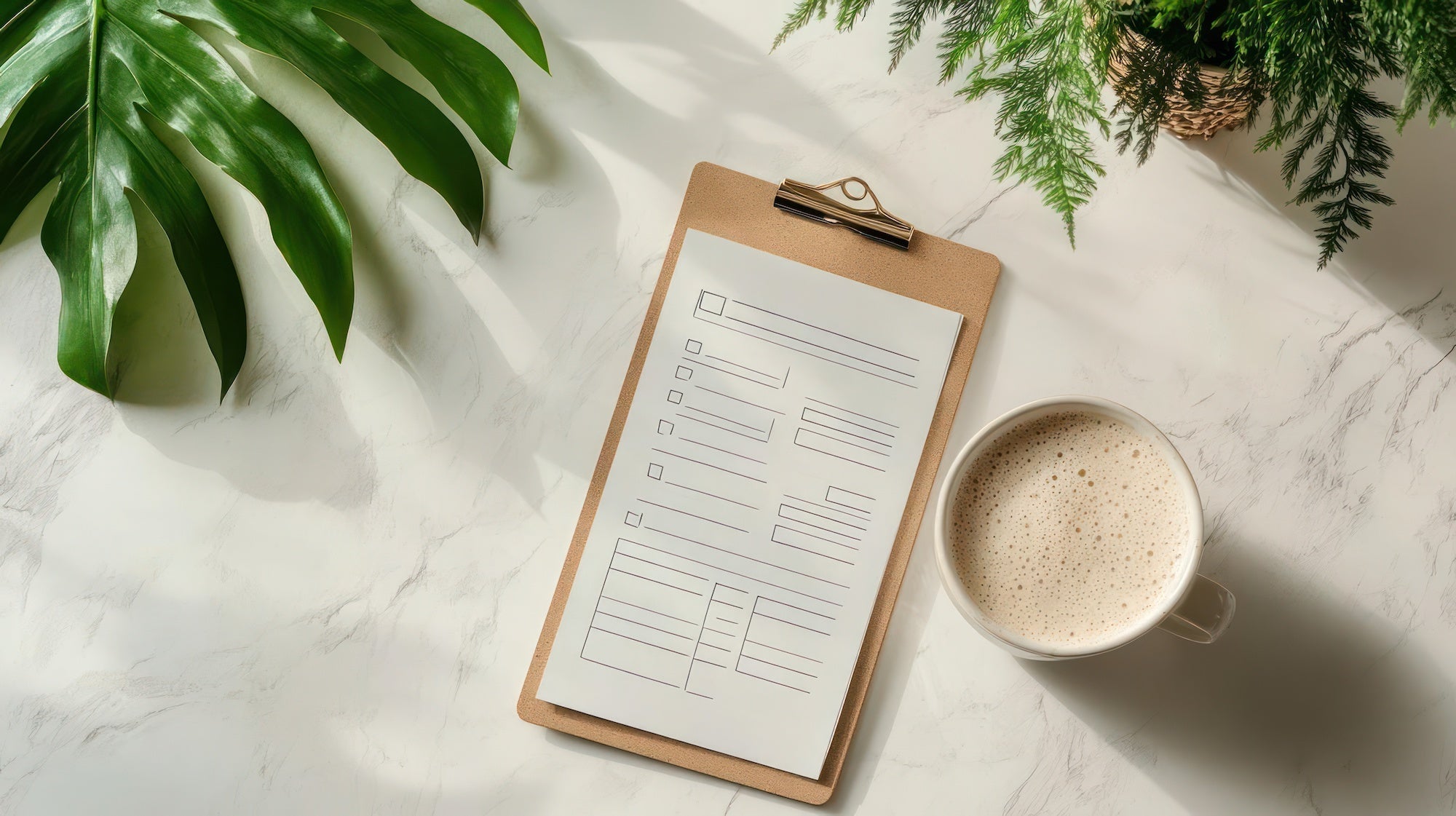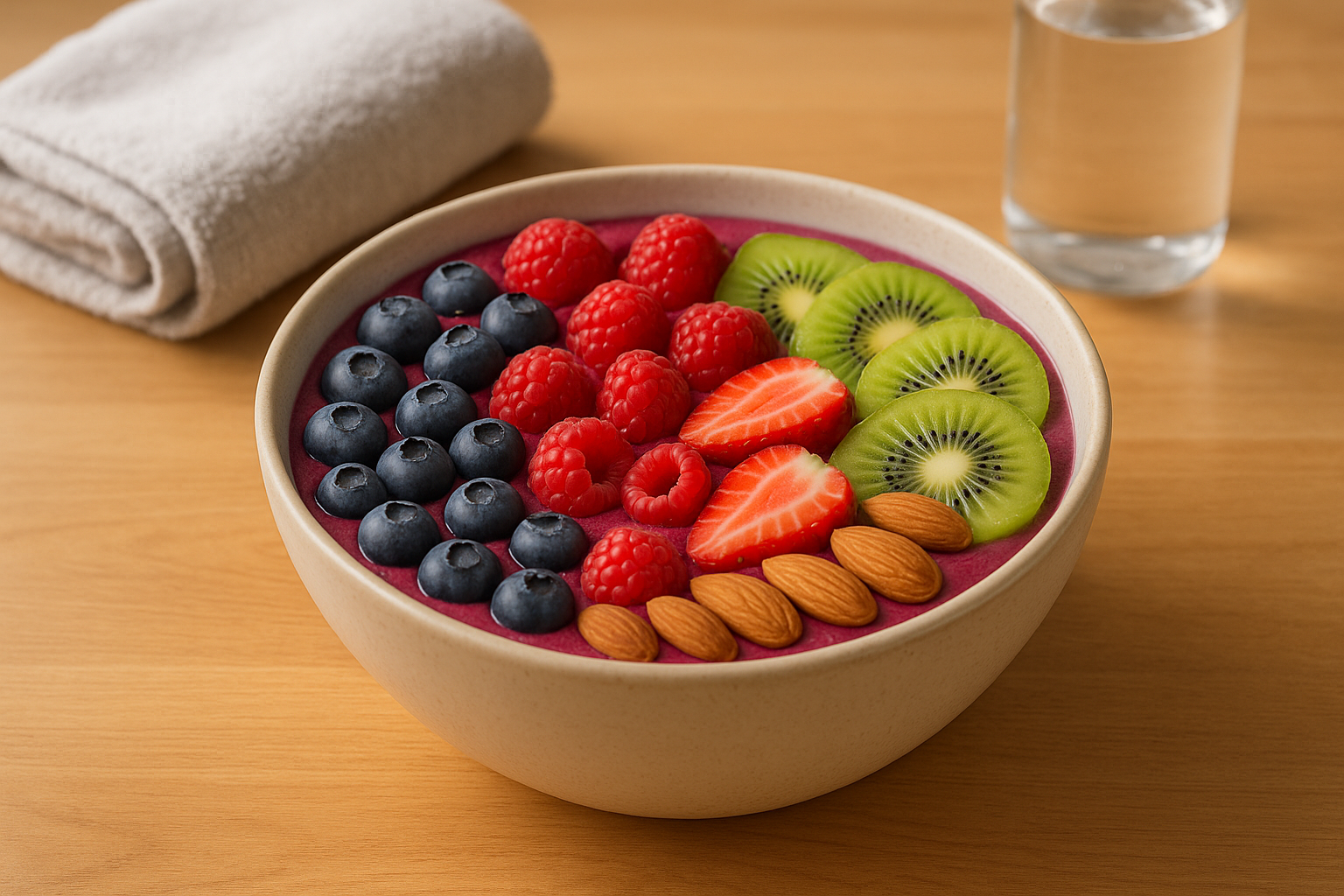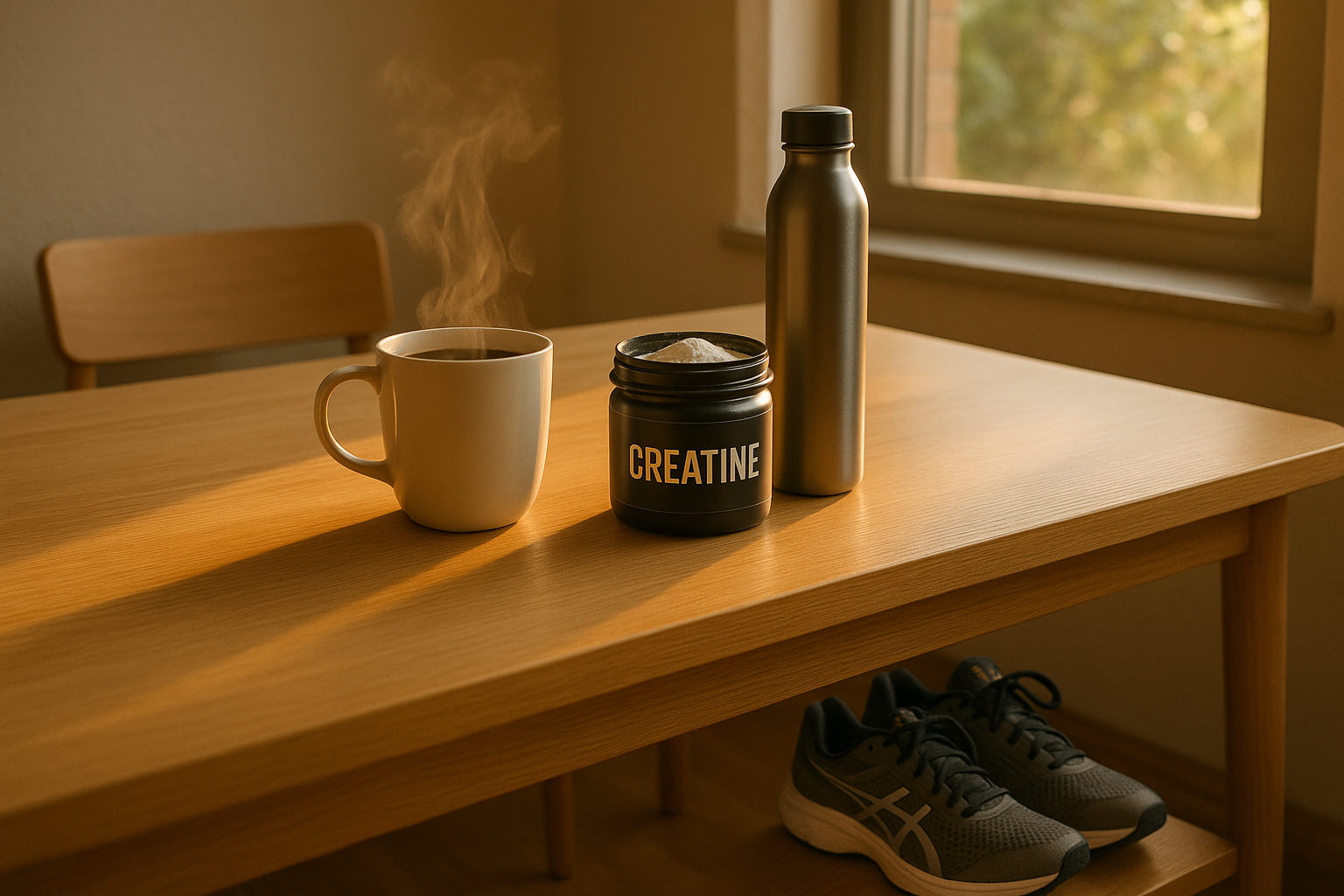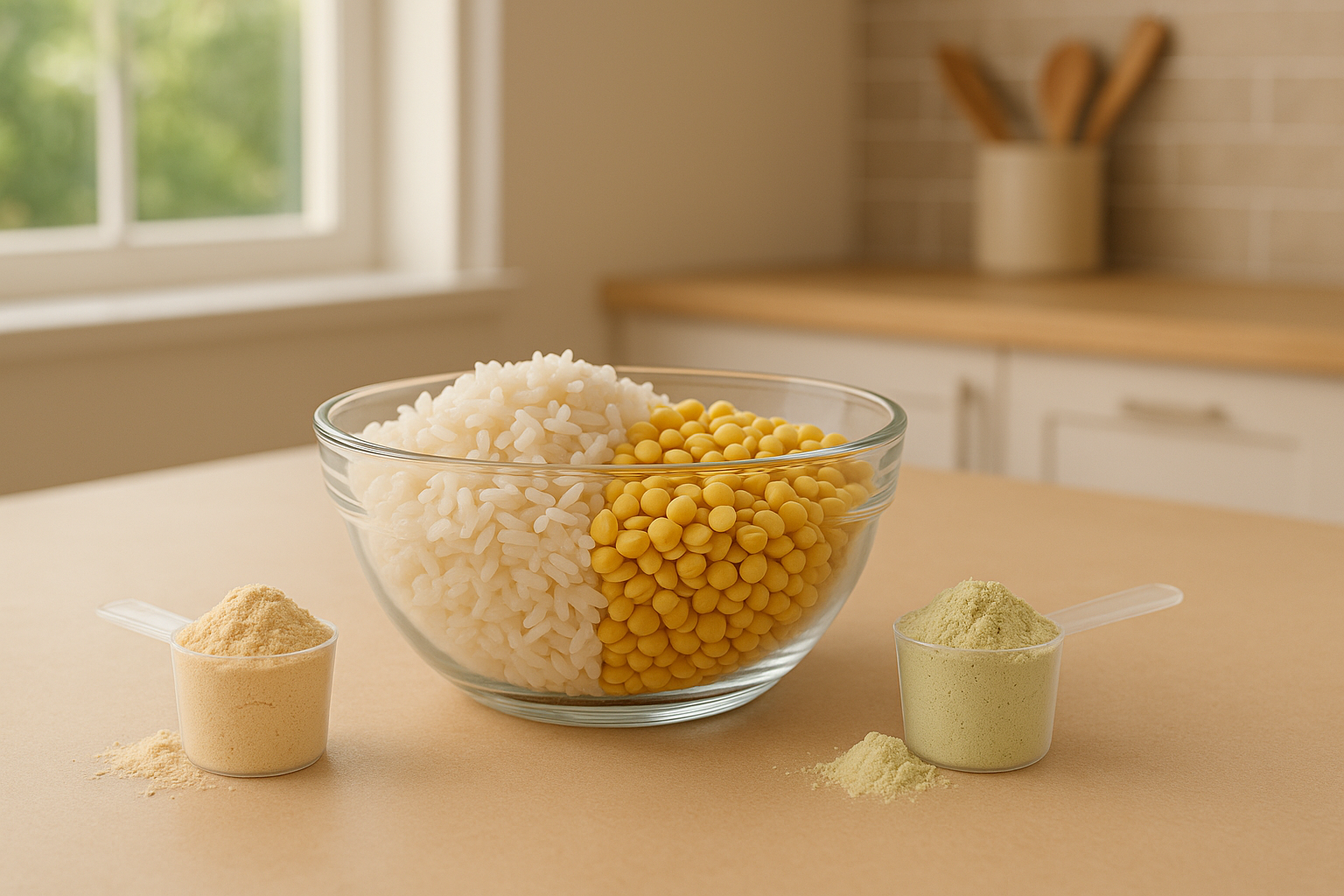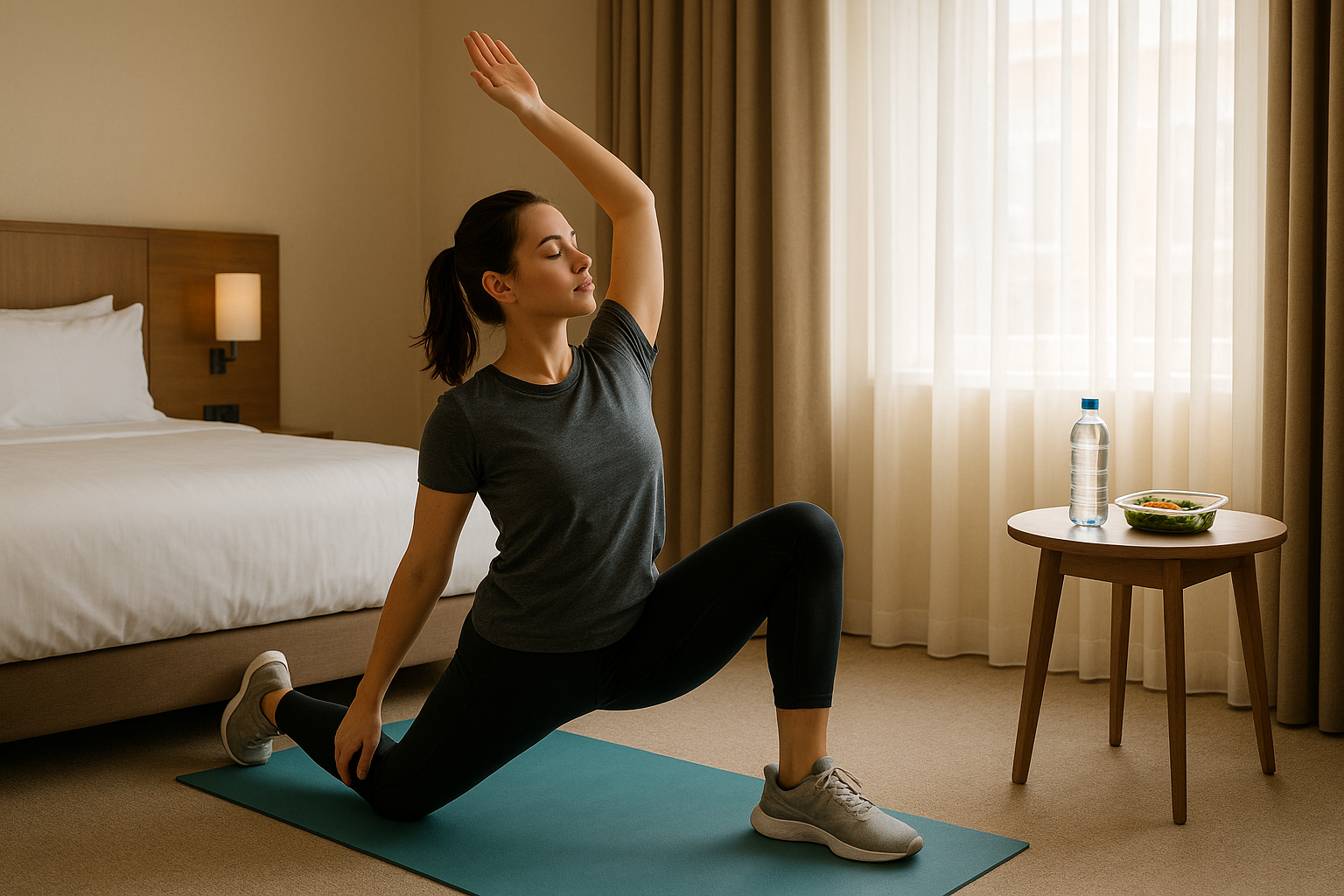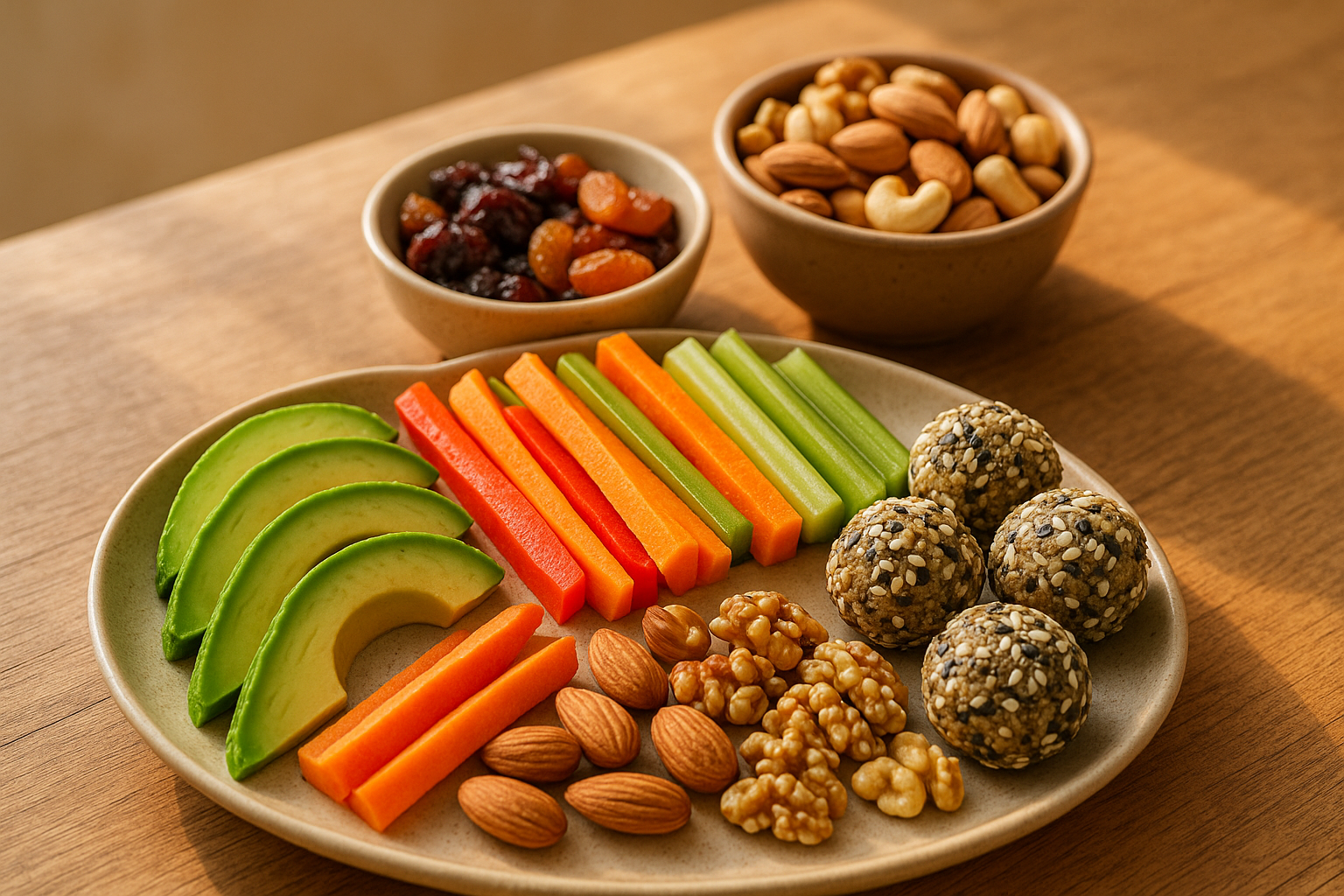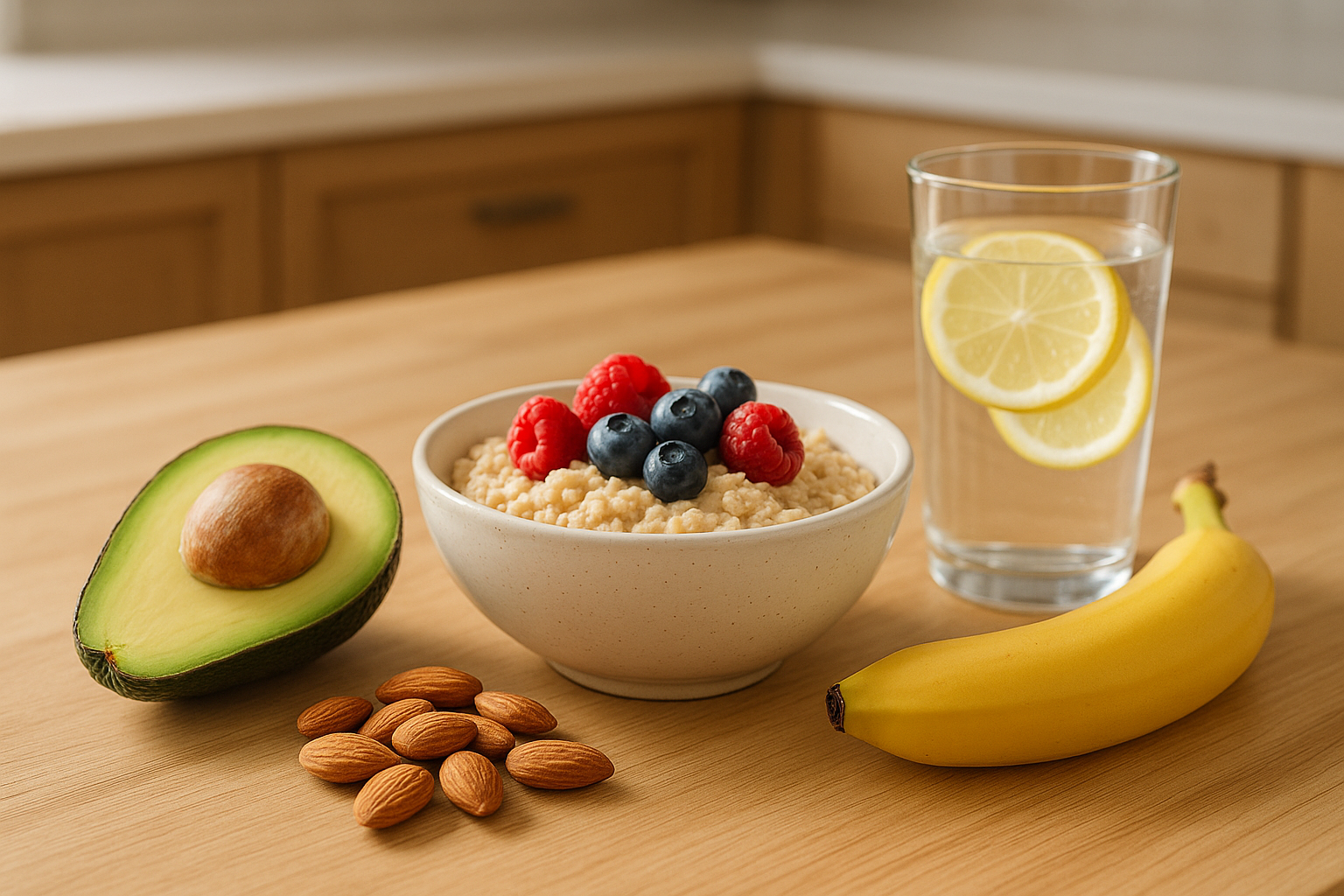
Best Pre-Workout Foods for Pump
Want a better muscle pump during workouts? It all starts with what you eat and drink before hitting the gym. The right pre-workout nutrition can improve blood flow, boost energy, and make your muscles look fuller. Here's what you need to know:
- Carbs: Fuel your muscles with glycogen and draw water into cells for a pumped look. Opt for quick-digesting carbs like bananas, rice cakes, or honey.
- Nitrates: Found in foods like beets and spinach, these boost nitric oxide levels, improving circulation and vascularity.
- Hydration: Drink water and balance electrolytes (sodium and potassium) to maintain blood plasma volume for better nutrient delivery.
- Timing: Eat a balanced meal 2–3 hours before, a light snack 60–90 minutes before, and fast-digesting carbs 15–45 minutes before your workout.
Pro Tip: Add a pinch of salt to your pre-workout meal or drink beet juice for a natural boost in blood flow. Pair these strategies with proper hydration and supplements like citrulline for maximum results.
Key Nutritional Factors for a Better Pump
Getting that impressive pump during your workout isn’t just about lifting heavy - it starts with what you eat and drink beforehand. The right mix of carbs, nitrates, and hydration sets the stage for peak performance and that sought-after vascular look. These three elements work together to fuel your muscles, boost blood flow, and keep you hydrated for optimal results.
Let’s break down how each factor contributes to making your muscles look fuller and perform better.
Carbohydrates for Energy and Muscle Fullness
Carbohydrates are your muscles’ go-to energy source, and they play a huge role in creating that pumped, full look. When you eat carbs before your workout, they’re stored as glycogen in your muscles. This glycogen doesn’t just power your workout - it also draws water into your muscle cells, making them appear larger and more defined.
The type and timing of carbs matter. Simple carbs like white rice, honey, or ripe bananas digest quickly, providing fast energy and replenishing glycogen stores. This quick fuel helps your muscles contract harder and perform better during intense exercise.
Here’s the science behind it: For every gram of glycogen stored, your muscles hold onto about 3–4 grams of water. This creates a noticeable volumizing effect, giving you that fuller, pumped look.
To avoid feeling sluggish or bloated, stick to easy-to-digest options like rice cakes, white potatoes, or dates. These foods deliver clean energy without the fiber that could slow digestion or make you uncomfortable mid-workout.
Nitrates and Enhanced Blood Flow
Nitrates are a game-changer when it comes to boosting blood flow and maximizing your pump. Found naturally in certain vegetables, nitrates are converted into nitric oxide in your body. Nitric oxide acts as a vasodilator, relaxing and widening your blood vessels, which improves blood flow to your working muscles.
Beetroot is one of the best sources of dietary nitrates, which is why beetroot juice has become a favorite among athletes aiming to enhance performance and vascularity. Other solid options include spinach, arugula, and celery, but beetroot packs the highest nitrate punch.
What makes nitrate-rich foods so effective is their ability to improve circulation without relying on stimulants like caffeine. This means they work through a completely different pathway, making them a perfect addition to your pre-workout routine.
By improving blood flow, dietary nitrates help deliver oxygen and nutrients to your muscles more efficiently while also aiding in waste removal during exercise.
Hydration and Electrolytes for Better Pumps
Hydration isn’t just about drinking water - it’s also about maintaining the right balance of electrolytes. Your blood plasma volume, which is the liquid part of your blood, plays a key role in delivering nutrients and oxygen to your muscles. Staying hydrated with the right electrolyte balance ensures your blood flows efficiently, giving your muscles the fullness and vascularity you’re aiming for.
Sodium is particularly important here. This essential electrolyte helps your body retain the right amount of water in your bloodstream, supporting optimal plasma volume. That’s why many seasoned lifters add a pinch of sea salt to their pre-workout meals or drinks. Pair this with potassium-rich foods like bananas to keep your electrolyte levels in check.
Timing matters, too. Starting your workout well-hydrated ensures your blood volume is at its peak from the first rep. Even mild dehydration can reduce plasma volume, making it harder to achieve that full, vascular look. As you sweat, you lose both water and electrolytes, so it’s important to replenish them throughout your workout to maintain your pump quality.
Timing and Portion Control for Pre-Workout Meals
When it comes to pre-workout meals, timing is just as important as what you eat. The right portion size and timing can help you fuel up without feeling weighed down. Meals take different amounts of time to digest, so eating too much too close to your workout can leave you feeling sluggish. The closer you are to your workout, the smaller and simpler your meal should be. By timing your meals right, you can make sure your body has the energy it needs to perform at its best.
3 Hours Before: Balanced Meals
If your workout is more than three hours away, this is the perfect time for a balanced meal of up to 1,000 calories. Focus on complex carbohydrates, lean protein, and just a small amount of healthy fats (less than 10 grams). This combination helps replenish glycogen stores and provides sustained energy for your session.
For complex carbs, think sweet potatoes, brown rice, or whole grains - they’re great for long-lasting energy. Pair these with lean protein sources like chicken, salmon, or Greek yogurt to support muscle repair and keep your blood sugar steady. Keep fats minimal since they slow digestion, sticking to about a thumb-sized portion of healthy options like nut butter.
Some meal ideas include:
- Grilled chicken with sweet potato and steamed vegetables
- Oatmeal topped with berries, a banana, and a tablespoon of almond butter
- Two whole eggs on whole-grain toast with a piece of fruit
- Half a sweet potato with salmon and grilled vegetables
- Lean ground beef with brown rice and roasted veggies
Avoid high-fiber foods like raw vegetables or dried fruits during this window. They take longer to digest and could cause bloating or discomfort later. Eating three hours ahead gives your body enough time to fully digest the meal and maximize energy for your workout.
60-90 Minutes Before: Moderate Snacks
When you're about an hour to 90 minutes away from your workout, a light snack of 300–400 calories is ideal. Stick to low-fiber, quick-digesting carbs and lean protein to top off your energy stores without making you feel too full.
Good carb choices for this window include bananas, grapes, sweet potatoes, crackers, or cereal. Pair these with a lean protein source, and keep fats very low - less than 5 grams - to avoid slowing digestion.
Snack ideas include:
- A smoothie with banana, spinach, blueberries, and milk
- Scrambled egg whites with whole-grain toast
- "Proatmeal" (plain oatmeal mixed with a scoop of protein powder)
- Greek yogurt with banana
- A natural almond butter and fruit preserve sandwich on whole-grain bread
This timing strikes a balance - providing enough energy to power through your workout without causing digestive discomfort.
15-45 Minutes Before: Quick-Digesting Options
If you're just 15–45 minutes away from your workout, stick to simple carbs or liquid options that digest quickly. These provide fast-acting energy without weighing you down.
Consider foods like white rice, bananas, rice cakes, or energy gels. If you want protein, opt for something fast-digesting, like whey protein powder, since there’s not much time for digestion. Avoid fats completely during this window - they’ll only slow things down.
Quick options for this window include:
- Greek yogurt with fruit
- A protein smoothie made with water, protein powder, banana, and mixed berries
- A piece of fruit like a banana, orange, or apple
- A protein shake paired with a piece of fruit
- White rice with 2 oz of chicken
- Greek yogurt drizzled with honey
If you're really short on time - say, only 5–10 minutes before your workout - a single piece of fresh fruit like an apple or banana can provide just enough energy without upsetting your stomach. This final window ensures you have immediate fuel on hand for your training session while keeping you comfortable as you move.
Top Foods to Boost Pump and Vascularity
If you're looking to maximize muscle pump and vascularity during workouts, specific foods can make a big difference. These options work by enhancing blood flow, energy levels, and nutrient delivery to your muscles - key factors for that sought-after pump.
Beets and Beetroot Juice
Beets are packed with dietary nitrates, which your body converts into nitric oxide. This compound relaxes and widens blood vessels, improving blood flow to working muscles. For the best results, try eating beets or drinking beetroot juice a few hours before your workout. If the earthy flavor isn’t your favorite, mix beet juice with apple juice or blend fresh beets into a berry smoothie to create a more palatable pre-workout drink.
Watermelon and Watermelon Juice
Watermelon is a powerhouse for pump-enhancing nutrients. It’s rich in L-citrulline, an amino acid that boosts nitric oxide production, and offers fast-digesting carbs for quick energy. Enjoy watermelon chunks as part of a pre-workout meal a few hours before hitting the gym, or sip on watermelon juice about an hour prior for a quicker energy surge. Whether you prefer it fresh or juiced, watermelon is a refreshing way to support vascularity.
Bananas with a Pinch of Salt
This simple yet effective snack combines carbohydrates and electrolytes to support muscle pump and hydration. A medium banana provides natural sugars and potassium, while a pinch of sea salt adds sodium to maintain fluid balance. Since bananas digest quickly, eating one 30–60 minutes before your workout can deliver a timely energy boost. Enjoy it plain with a sprinkle of salt or blend it into a smoothie for added variety.
Rice Cakes with Honey
For a quick energy boost, rice cakes with honey are a go-to snack. The high-glycemic carbs in this combo trigger an insulin response, helping your muscles absorb nutrients and fluids more efficiently. Stick to plain rice cakes to avoid unnecessary additives, and opt for raw honey for a natural energy lift. This snack is perfect when you need something light and fast-acting before your workout.
Low-Fat Greek Yogurt with Berries
Low-fat Greek yogurt paired with berries offers a balanced mix of fast-digesting protein, natural sugars, and antioxidants. This combination not only fuels your workout but also supports muscle fullness and recovery. Eat this about an hour before exercise to give your body enough time to absorb the nutrients. It’s a delicious and nutrient-packed option to keep your muscles primed and ready.
These food choices are just the beginning. Pair them with proper hydration strategies to maximize your pump and performance.
sbb-itb-7567710
Hydration Tips for a Visible Pump
To keep your muscles looking fuller and your veins more pronounced during every rep, proper hydration is a must. When your body is well-hydrated, your blood volume stays at its best, enhancing that pumped appearance while supporting overall performance.
Start by sipping water consistently throughout the day - don’t wait until you’re about to hit the gym. A moderate amount of water a few hours before your workout gives your body enough time to absorb the fluids, keeping you hydrated without causing discomfort or bloating during exercise. This steady approach ensures your hydration levels are primed to fuel your pump from start to finish.
Electrolytes are also key players in the hydration game. Minerals like sodium and potassium help balance fluids and support muscle function. Adding a pinch of high-quality sea salt to your water or using an electrolyte supplement can help your body retain water effectively and keep your muscles functioning at their peak.
The temperature of your water matters, too. Cool water is absorbed faster than room-temperature water, so keeping a chilled water bottle nearby can speed up hydration during your workout. It’s a simple trick that can make a noticeable difference.
Want to check if you’re hydrated enough? Look at the color of your urine - pale yellow is a good indicator that you’re on track. During longer sessions, take small, regular sips of water to avoid dehydration without overwhelming your system. This steady intake helps maintain blood flow to your muscles, keeping that pumped feeling alive throughout your session.
Lastly, don’t forget to factor in your workout environment. If you’re training in a hot or humid space, you’ll sweat more and need to drink more to stay hydrated. Even air-conditioned gyms can subtly contribute to dehydration, so adjust your water intake accordingly during and after exercise to ensure proper recovery and maintain that muscle fullness you’ve worked hard for.
The Role of Pre-Workout Supplements
Pre-workout supplements can give you that extra push to enhance blood flow and muscle fullness during your workout. They don’t replace a well-balanced diet but work alongside it to fine-tune your performance. Let’s break down why these supplements are so effective and what makes them a great addition to your routine.
One of their biggest advantages is how quickly they deliver active ingredients. Unlike whole foods, which take time to digest and absorb, supplements provide concentrated doses of pump-enhancing compounds in a form your body can use almost immediately. This makes them a perfect choice when you’re pressed for time or want to carefully control your intake of specific ingredients.
Take citrulline, for example. This compound turns into arginine in your body, boosting nitric oxide levels and improving blood flow. A dose of concentrated citrulline malate about 30–45 minutes before your workout can help you achieve that coveted muscle fullness and vascularity.
Another key ingredient is betaine. This supports cellular hydration, helping your muscles look fuller and tighter while also boosting performance. Pair that with electrolyte blends - featuring sodium, potassium, and magnesium - and you’ve got a formula that keeps your fluid balance in check and your muscles functioning at their best.
For those looking for a low-stimulant option, NutriFitt’s KROBAA Pre-Workout provides clean energy and pump-enhancing support for $37.49. It’s designed to deliver effective doses of the right ingredients without overloading you with stimulants.
Timing is everything. Supplements are especially useful for early morning workouts or times when you want to avoid heavy carbs, as they provide pump support without the risk of digestive discomfort. Plus, they allow flexibility in your routine, ensuring you can tailor your intake to your specific needs.
When choosing a pre-workout, look for transparent labels that clearly list ingredient amounts. Avoid proprietary blends, which can make it hard to know exactly what you’re getting. Also, consider your caffeine tolerance - while moderate amounts can improve focus, too much caffeine might actually restrict blood flow. Low-stimulant or stimulant-free formulas are great for those aiming to maximize their pump.
Finally, remember that supplements work best when combined with proper hydration and smart meal timing. Together, they amplify your efforts, helping you achieve an outstanding pump and overall workout performance.
Conclusion: Optimizing Your Pre-Workout Nutrition for Pump
Achieving that coveted muscle pump boils down to three essential factors: timing, the right nutrients, and staying hydrated. These elements work together to turn an ordinary workout into one where your muscles feel full, vascular, and ready to perform. Here’s how you can put these strategies into action.
Timing is everything. Start with a balanced meal 2–3 hours before your workout - think chicken, brown rice, and vegetables - for sustained energy. Follow this up with a moderate snack about 60–90 minutes before training, and then consume fast-digesting carbs (like a banana or rice cakes) 15–45 minutes before your session. This approach helps maintain blood glucose levels and supports muscle fullness.
Focus on the right nutrients. Carbohydrates are your best friend when it comes to replenishing glycogen stores and enhancing muscle fullness. Pair them with a small amount of protein to support muscle recovery. For an extra edge, incorporate nitrate-rich foods like beets, which can boost nitric oxide levels and improve blood flow.
Hydration is key. To achieve visible vascularity and keep your muscles fueled, drink 12–20 fl oz of water 60–90 minutes before your workout. Follow that with another 8–12 fl oz closer to training. Adding a pinch of salt or an electrolyte mix can help maintain plasma volume and optimize hydration.
What makes pre-workout nutrition exciting is its adaptability. Experiment with different foods, timing, and hydration strategies over a few weeks. Keep your training schedule consistent while tweaking one variable at a time. Pay attention to how your pump, vascularity, and digestion respond to find the formula that works best for you.
Lastly, supplements can be a game-changer when paired with solid nutrition. A quality pre-workout like NutriFitt's KROBAA combines ingredients like citrulline and betaine to enhance blood flow and muscle fullness, complementing the effects of your carbohydrate intake.
Put these strategies to the test during your next workout and see how timing, nutrients, and hydration can elevate your training experience.
FAQs
When is the best time to eat before a workout to maximize muscle pump?
For the best muscle pump, plan to eat a balanced pre-workout meal about 1 to 3 hours before hitting the gym. This gives your body enough time to digest and absorb nutrients that fuel your workout and enhance blood flow. Make sure to include a mix of carbohydrates for energy and protein to support your muscles.
Pressed for time? A quick snack 30 to 60 minutes before your workout can still do the trick. Go for something light and easy to digest, like a banana with a smear of peanut butter or a protein shake. Everyone’s body responds differently, so play around with timing and portion sizes to see what gives you the best results!
How do foods like beets and spinach improve blood flow and muscle pump during workouts?
Foods such as beets and spinach are packed with nitrates, which your body transforms into nitric oxide. This compound plays a key role in relaxing and expanding blood vessels, leading to better blood flow and enhanced muscle vascularity during exercise. With improved circulation, your muscles receive more oxygen and nutrients, helping to elevate performance and intensify that sought-after muscle pump.
Adding nitrate-rich foods to your pre-workout lineup is a simple, natural way to maximize your workout potential and align with your fitness goals.
How do electrolytes help with hydration and muscle pump, and what are the best ways to include them in a pre-workout routine?
Electrolytes play a key role in keeping you hydrated and improving your muscle pump. They help regulate fluid balance, support muscle contractions, and combat fatigue - essential factors for performing at your best during workouts.
To work electrolytes into your pre-workout routine, try options like electrolyte powders, drinks, or supplements packed with important minerals like sodium, potassium, and magnesium. These nutrients help replace what you lose through sweat while boosting muscle fullness and vascularity, helping you achieve that pumped look you’re aiming for.
